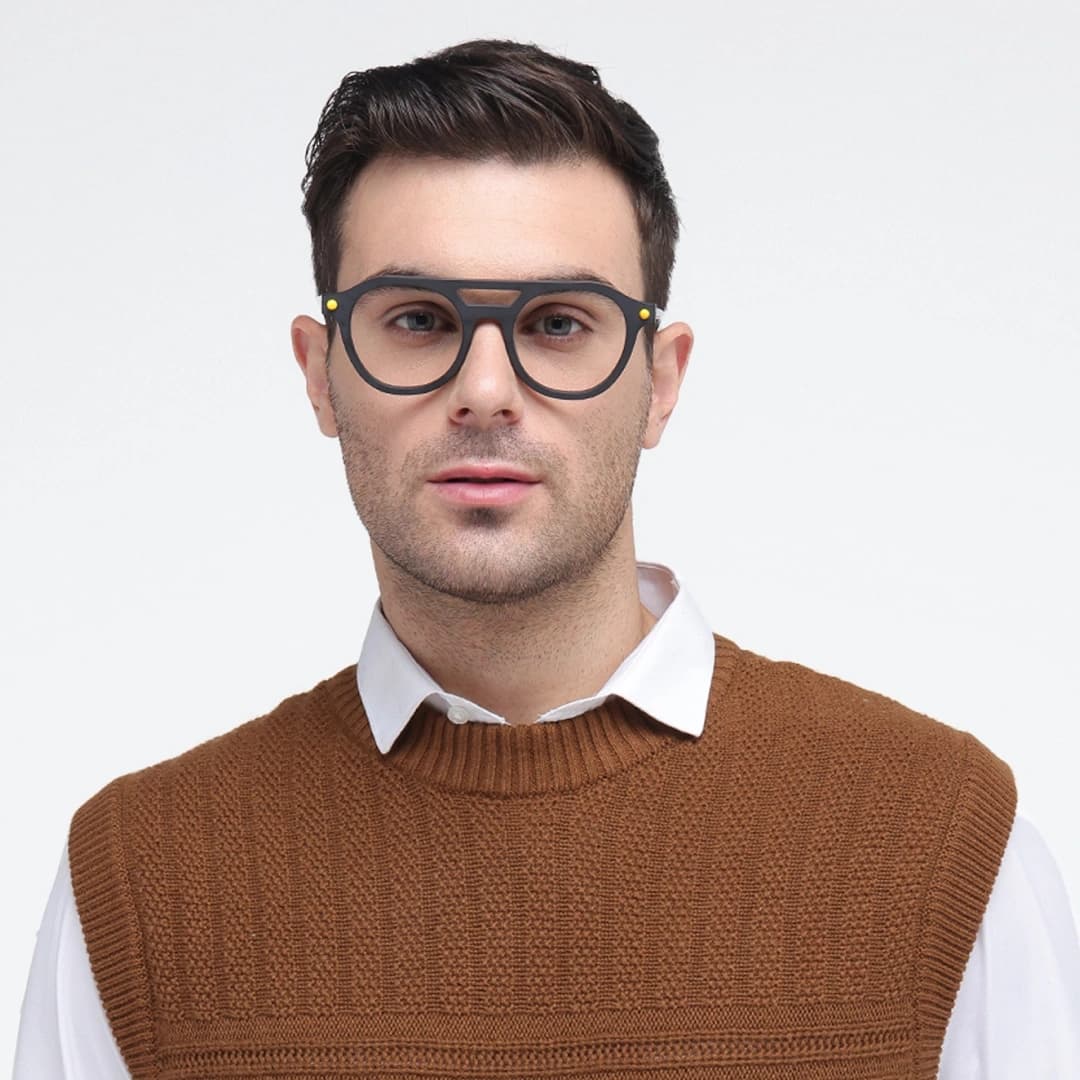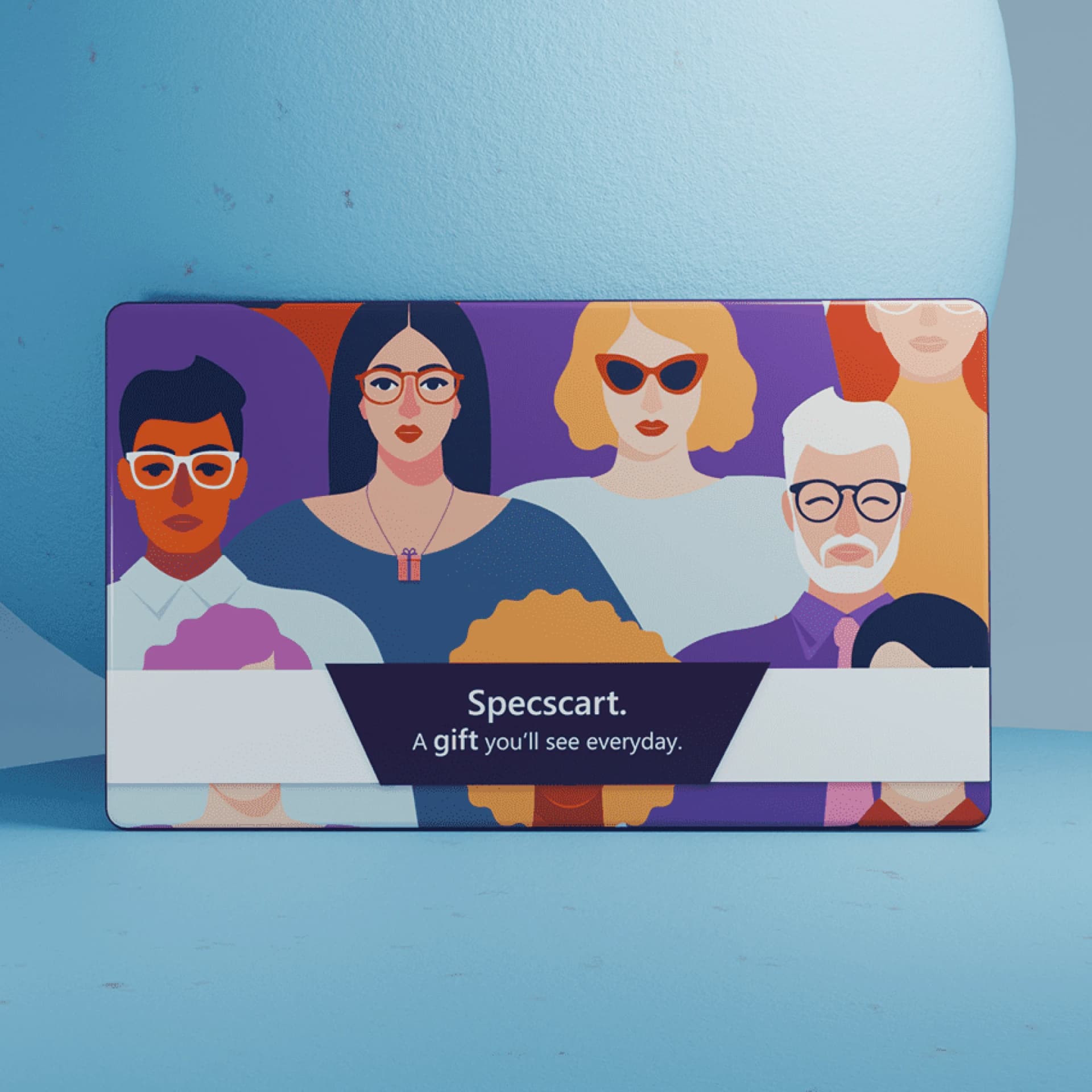Ultimate Guide to Glaucoma: Causes, Symptoms and Treatment

Content Manager
Glaucoma is a complicated eye condition where the optic nerve gets completely damaged. The role of the optic nerve revolves around sending visual information from the eyes to the brain- it is crucial for obtaining clear vision. High pressure in the eyes often damages the optic nerve; however, one might get exposed to glaucoma with normal eye pressure as well. While glaucoma can occur at any age, older adults are mainly exposed to this particular eye condition. If left untreated, it can lead to vision loss in people above the age of 60.
The worst part of glaucoma is that they don’t come with any warning signs. Their gradual effect is quite hard to notice and can only be spotted in the later stages. That’s why keeping your eye health in check by opting for frequent eye tests is extremely important. Detecting glaucoma at an early stage prevents or slows down vision loss. If you are here to learn the causes, symptoms and treatment, we are here to provide reliable information. Let’s dig deeper without any further ado.
What are the Causes of Glaucoma?

Aqueous humour, a clear fluid, is continuously created in the back of your eyes. This fluid fills up your eyes’ front part and then leaves through the channels made in your iris and cornea. But, do you know what will happen if these channels are partially obstructed or blocked? It will lead to an increase in intraocular pressure. As a result, your optic nerve might get damaged and lead to the process of slow vision loss. However, the causes of increasing pressure in the eyes aren’t known. Some of the possible factors that tend to play a major role include:
Dilating eye drops
Medications like corticosteroids
Restricted or blocked drainage in the eyes
Reduced or poor blood flow to the optic nerve
Some of the less-common glaucoma causes can include a chemical or blunt injury to your eyes, inflammatory conditions or severe eye infection.
What are the Different Types of Glaucoma?
Before examining the symptoms of glaucoma, it’s essential to gain a comprehensive understanding of the various types. Check them out right away:
Open-Angle Glaucoma (Chronic): Chronic or open-angle glaucoma doesn’t come with any warning symptoms or signs; the only indication is gradual vision loss. According to the NEI, or the National Eye Institute of the US, open-angle glaucoma is the most common one among the lot.
Angle Closure Glaucoma (Acute): When the flow of aqueous humour fluid suddenly gets blocked, it paves the way toward causing angle-closure or acute glaucoma. The fluid buildup causes a quick, painful and severe increase in your eye pressure. If you suffer from angle-closure glaucoma, treat it as an emergency and get in touch with an eye specialist immediately. Some of the symptoms here might include nausea, pain and blurred vision.
Secondary Glaucoma: Secondary glaucoma is more of a side effect that takes place due to other eye problems like tumours or cataracts. Also, if you undergo certain eye surgeries, it can result in secondary glaucoma.
Congenital Glaucoma: Kids with congenital glaucoma are born with a defect in their eyes’ angle- it prevents or slows down normal fluid drainage. Some of the symptoms of congenital glaucoma include excessive tearing, cloudy eyes or light sensitivity. It can be hereditary- children might get exposed to this eye condition due to their family medical history.
Normal-Tension Glaucoma: It is a type of glaucoma in which optic nerve damage occurs despite normal eye pressure. It may be linked to poor blood flow, increased nerve sensitivity, or other health issues. Early detection is crucial to prevent vision loss, even without high eye pressure.
What are the Symptoms of Glaucoma?

Now that we are aware of the types of glaucoma, let’s discuss the symptoms:
Open-Angle Glaucoma
There are no symptoms in the early stages of open-angle glaucoma.
After a certain point in time, you might notice blind spots in the peripheral vision or side vision.
Seeing through your central vision gets difficult in the later stages.
Acute Angle-Closure Glaucoma
Severe eye pain
Severe headache
Blurred vision
Vomiting or nausea
Coloured rings or halos around lights
Eye redness
Normal-Tension Glaucoma
Absolutely no symptoms in the initial stage of normal-tension glaucoma
Blurred vision
Loss of peripheral vision in later stages
Pigmentary Glaucoma
Halos around lights
Gradual loss of peripheral or side vision
Blurred vision
Glaucoma in Children
A cloudy or dull eye
Increased blinking
Blurred vision
Tears without even crying
Severe headache
Worsened nearsightedness
What are the Risk Factors of Glaucoma?

Since detecting glaucoma at its early stage is a real task, you need to stay aware of the risk factors mentioned below in this blog:
Intraocular pressure or internal eye pressure
Hereditary history in the family
Age over 55
Asian, Hispanic or Black heritage
Some medical conditions like migraines, diabetes, sickle cell anaemia or high blood pressure
Extreme farsightedness or nearsightedness
Eye surgery or different types of eye injuries
How Can You Diagnose Glaucoma?
In order to diagnose glaucoma, you can catch up with your eye specialist and book frequent eye test appointments. They will perform some of the painless tests, such as:
Gonioscopy: In this test, the angle where the cornea and iris meet is determined.
Dilated Eye Exam: These assessments are performed to widen your pupils, thus viewing your optic nerve at your eyes’ back.
Ocular Pressure Test: Ocular pressure test or tonometry is performed to measure and check your pressure.
Optical Coherence Tomography: OCT observes alterations in the optic nerve that indicate the chances of glaucoma in your eyes.
Slit-Lamp Exam: A slit lamp is a special microscope that is used to examine your eyes’ inside part.
Pachymetry: This painless process measures your corneal thickness.
Visual Field Test: A visual field test looks for changes in your side vision or peripheral vision.
How Can You Treat Glaucoma?

Combating glaucoma permanently isn’t possible; however, further damage to the eyes can be controlled. Let’s check out some of the treatment options that are often suggested by ophthalmologists:
Medication
Glaucoma can be taken care of with certain prescribed eye drops. Though they are capable of soothing your vision, there are some side effects that you need to deal with:
Red eyes
An itching or stinging sensation
Changes in your heartbeat, pulse and energy level
Blurred vision
Dry mouth
Changes in breathing
Eyelash growth
Changes in your eyelid appearance, eye colour or your skin around the eyes
All you need to do is take proper guidance from your ophthalmologist, and that’s it.
Operating room surgery
Sometimes, glaucoma surgeries take place in an operating room. The surgeries typically include:
Glaucoma Drainage Devices: Here, a tiny drainage tube is implanted in your eyes. The fluid is then sent to the reservoir or the collection area.
Trabeculectomy: In trabeculectomy, your eye surgeon will create a flap in your sclera and a filtration bleb in the conjunctiva. Like this, the aqueous humour will drain out through the flap into the filtration bleb.
All you need to do is take proper guidance from your ophthalmologist, and that’s it.
Laser surgery
Laser surgery can be divided into two types:
Iridotomy: Glaucoma patients with angle-closure glaucoma often go through the process of iridotomy.
Trabeculoplasty: People with open-angle glaucoma can opt for this particular laser surgery. Trabeculoplasty can be done in addition to or instead of medications.
Final Thoughts
Hopefully, you are now aware of the causes, symptoms, types and treatment of glaucoma. Being an eyewear brand, we try our best to keep your eye health in check. That’s why we offer free eye tests for everyone at all our stores across Manchester. Feel free to book your free eye test appointment or reach out to our friendly customer support team in case of any queries. In case you are experiencing any of the symptoms mentioned above, you should consult a doctor immediately to detect any condition at an early stage.
References
Caution: You may become style obsessed
Your way finder
2000+ Trendy Styles

Fashion Forward Sunnies



















































